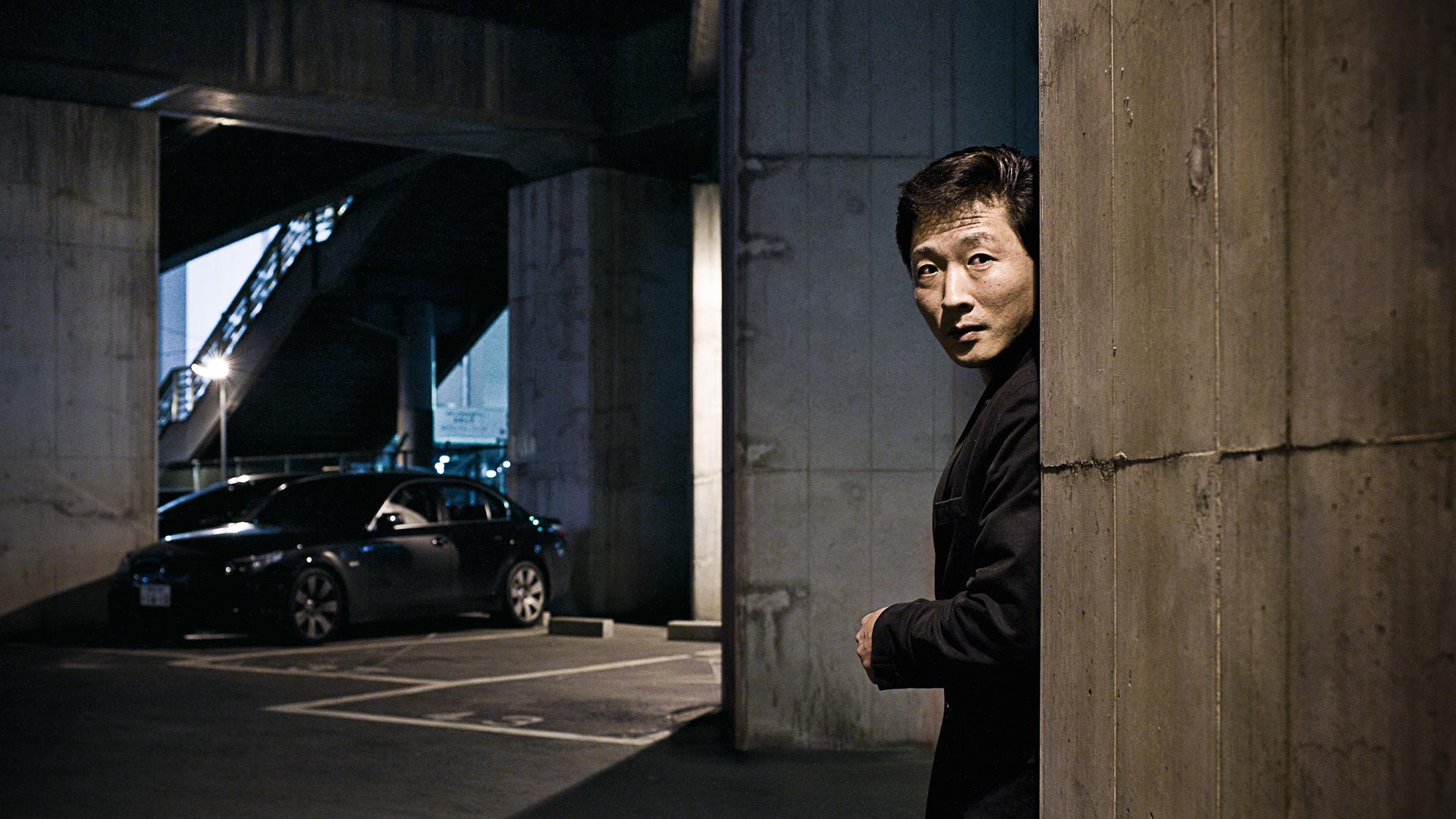For nine years, Shou Hatori ran a nighttime moving company that helped people disappear in Japan.
It all started in a bar in Paris, back in 2008, when a friend told Lena Mauger a story. It was about a Japanese couple who had disappeared. They hadn’t died. They weren’t kidnapped. They just deliberately vanished in the middle of the night without explanation.
And this wasn’t just a one-off, mysterious occurrence. According to Mauger’s friend, it was a phenomenon. In Japan, thousands of people each year became johatsu — “evaporated people” — driven underground by the stigma of debt, job loss, divorce, even just failing an exam.
Mauger, a journalist by trade, was intrigued. And confused.
“To disappear in a country as modern [as Japan], with all the techniques of tracing, with social networks, I thought that it was amazing,” Mauger says.
Mauger and her husband, photographer Stephane Remael, would spend the next five years documenting the johatsu and the underground networks that sustain them. Their book, "The Vanished: The "Evaporated People" of Japan in Stories and Photographs," was recently published in the US. But when the French couple first arrived in Tokyo, their mission seemed impossible.
“I thought, 'Oh my God, how can I find shadows in such a big and crowded city?'” Mauger says. “And in Japan, the subject is as taboo as suicide. Many fixers refused to work with us. When we pronounced the word'johatsu,' they said they were too busy to work, and in some way, they disappeared.”
Despite that, they got a few leads. One was Shou Hatori, who spent years helping johatsu make their getaway and wrote a book about his business, "Night Time Movers." Mauger says he started off as a legit, daytime mover. Then one night, he met a woman.
“And this woman asked him if he could arrange for her to disappear with no trace. And that's how he started to organize midnight moves.”
During the 1990s, when Japan’s economy crashed, headlines were filled with stories of Japanese salarymen who committed suicide in the face of job loss or debt. At the time, the demand for these night moves soared.
“It's a crazy thing, but disappearance became a business at that time,” Mauger says.
Movers like Hatori helped introduce Mauger and her husband to the kinds of places where johatsu could disappear into an “administrative void.”
“There are neighborhoods where a vanished person can stay anonymous,” she says, including Sanya in Tokyo and Kamagasaki in Osaka, two neighborhoods where you can live without an ID.

Mauger says these communities are strongholds of the Yakuza, the Japanese mafia, where jobs that pay cash — no questions asked — can easily be found.
Mauger and Remael’s book illuminates this shadow economy (after gaining the trust of one mover, Mauger and Remael were even allowed to witness one such move, a person actually evaporating before their eyes). But the most fascinating — and heartbreaking — stories are those of the johatsu themselves — a woman who abandoned her young son after falling in love with another man, a student who vanished from his parents' lives after failing an exam, a chronic gambler who slipped away to join the Yakuza rather than disappoint his wife — as well as the family members, left to cope with a death of sorts, without the solace of a burial.
More than anything else, they’re driven underground by a profound sense of shame. Mauger admits she struggled to understand that perspective.
“At the beginning you say, well, it’s just an exam. No … but I couldn’t tell my parents that I failed.”

Every country has its runaways and missing persons, but Japan’s ironclad privacy laws make tracking down johatsu nearly impossible. For example, if a person doesn’t register their address with city hall, even the government does not know where they are, says Goro Koyama, a private detective in Japan. He told me, via Skype, that he used to work on johatsu cases but he was stymied by the red tape.
Unlike in the US, it’s almost impossible to get hold of public records in Japan. Personal data can only be accessed by the police in criminal cases. Most johatsu are civil cases, which means family members hoping to track down a relative, say, by tracing their debit card transactions, are out of luck.
“If you're a wife, you can't get access to your husband's banking information,” Koyama says.
In 1967, the film “A Man Vanishes,” by director Shohei Imamura, was released, a quasi-documentary in which the filmmaker picks out one of the hundreds of missing persons reports filed each week and tries to trace down a real johatsu — an average Japanese salaryman who’d vanished — with the help of the man’s fiancée.
Mauger and Remael eventually managed to track down the original family that Mauger heard about in that bar in Paris. They told Mauger that in the ’80s, they had opened a dumpling restaurant, taking out a large loan that they couldn’t repay when the recession hit. So one day, they called the night movers. The husband works as a builder now; the wife at a post office. Of their three sons, only one of them knows the secret of the family’s true identity.
“We all dream sometimes, you know, you are fed up with your life, you are fed up with your job and you say, ‘Oh, why wouldn't I just disappear?’” Mauger says. “But then you discover that the reality is more complicated and the life they have is not so easy.”
It was the first time the family had allowed anyone to tell their story, but people in Japan likely won’t hear it: "The Vanished" hasn’t been published there.
We want to hear your feedback so we can keep improving our website, theworld.org. Please fill out this quick survey and let us know your thoughts (your answers will be anonymous). Thanks for your time!
